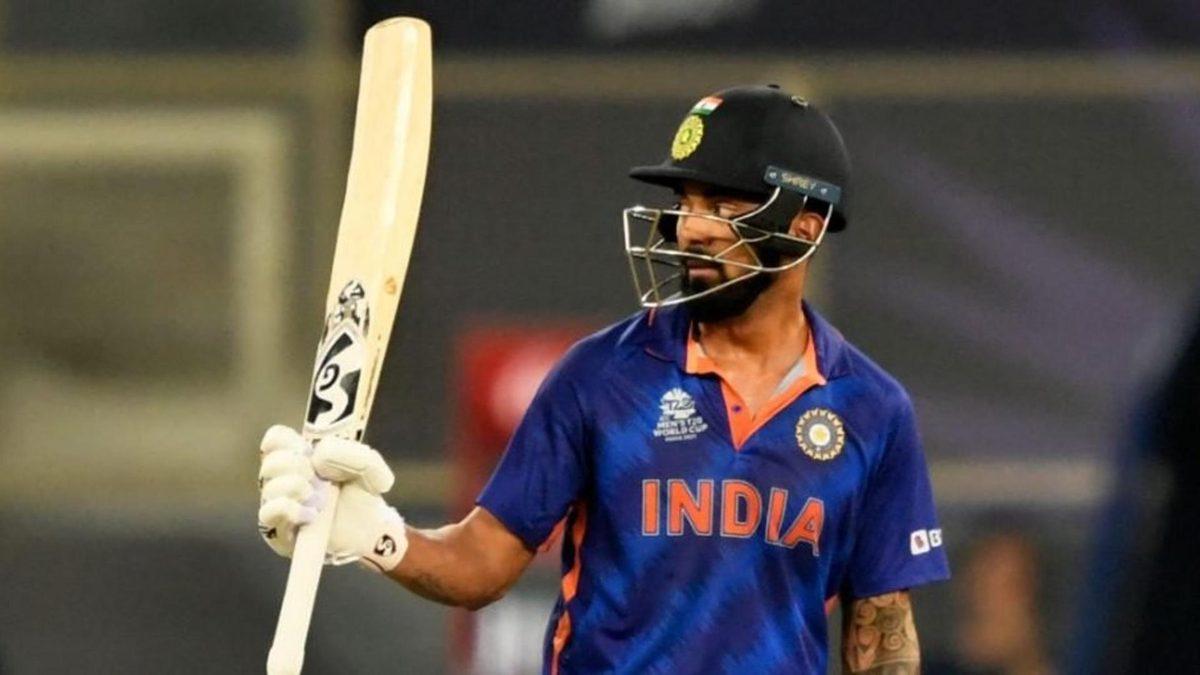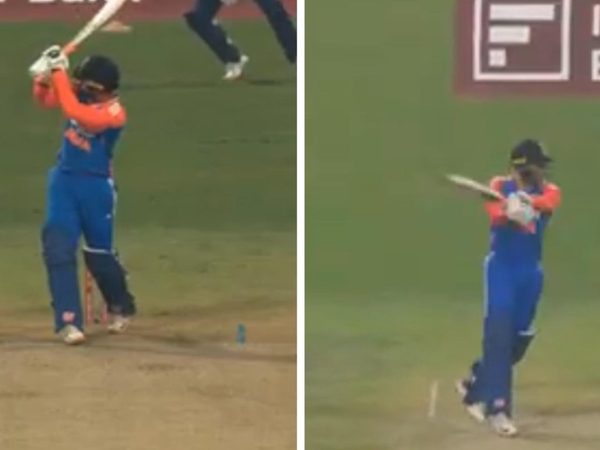
Until 2020, Rahul had the best strike rate among Indians in T20 Internationals. Since 2021, he has dropped to seventh place. Is he still an obvious choice?
Like everyone else around the world, Twenty20 cricket did not come naturally to the Indians in the 2000s. They took their time, even after winning the inaugural edition of the World T20 – that was what they used to call the T20 World Cup back then – in 2007.
The first generation of Indian Twenty20 batters had a problem. They had been coached at most levels to value their wickets above anything else. In this condensed format, they had to choose between preserving wickets and playing fewer dot balls more judiciously than they ever had.
By the time KL Rahul had arrived, things had begun to take shape. The West Indian giants had demonstrated to the world how to go about it. The conventional ODI approach of running singles and keeping wickets in hand did not work here. Boundaries made the difference.
Rahul had played in the Under-19 World Cup, the Ranji Trophy and the Vijay Hazare Trophy – all by 2010 – but had to wait until 2013 for an opportunity in the Syed Mushtaq Ali Trophy. That year, he also made his IPL debut.
In 2014/15, Rahul scored a hundred in his second Test match, in Sydney. He had an inconsistent start to his Test career, but at least he had found his mojo. In the IPL, his first three seasons had yielded 328 runs at a strike rate of 107. There had been no indication of his Twenty20 career going anywhere.
Then came 2016.
Rahul exploded into prominence with his first excellent IPL season. His 397 runs – more than his tally in the first three seasons combined – came at a strike rate of 146. India’s semi-final exit at the 2016 T20 World Cup prompted the selectors to pick several uncapped cricketers for the tour of Zimbabwe. There, Rahul fell first ball on debut before playing two brisk yet unexceptional cameos.
Then, in his fourth T20I, against reigning world champions West Indies at Lauderhill, Rahul brought up his hundred in 46 balls, at that point the fastest by an Indian (Rohit Sharma has subsequently surpassed him). He finished with a 51-ball 110 not out. A 47-ball 71 against England in Nagpur followed, but a shoulder injury – one of many non-cricketing issues to have plagued his career over years – kept him out of the 2017 IPL.
Rahul returned in 2018 with 659 runs at a strike rate of 158, his best in an IPL season, and a 54-ball 101 not out in Old Trafford. It had taken him two years – and that included a missed edition of the IPL – to establish himself as India’s India’s most dangerous batter. By the end of 2020, his career strike rate (over 1,542 runs) stood at 145. With a 1,000-run cut-off, no Indian had struck at even 140.
At the same time, he had switched to a different role in the IPL. While he had got the runs (593, 670, 626, 616 between 2019 and 2022), the strike rates had dropped: he has never hit the 140-mark since his phenomenal run in 2018. And slow scoring finally caught up with him in international cricket.
In 11 T20Is in 2021, Rahul scored 289 runs at 131, while he is yet to play a match in 2022. Among Indians with 250 T20I runs since 2021, he stands at seventh position – one place too low for a side that prefers to go in with five bowlers. Even Shreyas Iyer and Virat Kohli, whose strike rates have been subjects of scrutiny, have both scored quicker than him.
There are obvious counterarguments to this. Eleven T20Is are often not enough to judge a cricketer of the calibre of Rahul, who has demonstrated his class in 20-over cricket until 2020. He struck at 139 in IPL 2021, where run-scoring was relatively difficult in the second half, in the UAE, to finish 17th in the tournament (eighth among Indians).
But the flat grounds and big hitting returned in IPL 2022. As new Indian stars arrived and old ones found their footing, Rahul’s strike rate of 135 suddenly seemed ordinary: he dropped to 52nd in the league.
These are ominous signs, and the injuries and ailments have certainly not helped his cause. As vice-captain and given his stellar run until 2020, Rahul will almost certainly make it to the T20I side, and is very likely to feature in the World Cup as well.
However, even if one ignores the much-maligned Kohli and Iyer, he will still have to compete with the likes of Rohit, Suryakumar Yadav, Ishan Kishan, Hardik Pandya, Rishabh Pant, Dinesh Karthik, and Deepak Hooda – that is already a list of seven – to become a certainty in the XI.
With Prithvi Shaw and Rahul Tripathi waiting in the wings, and India consistently winning overseas despite not playing their preferred XIs, the struggle is going to be even sterner.








